

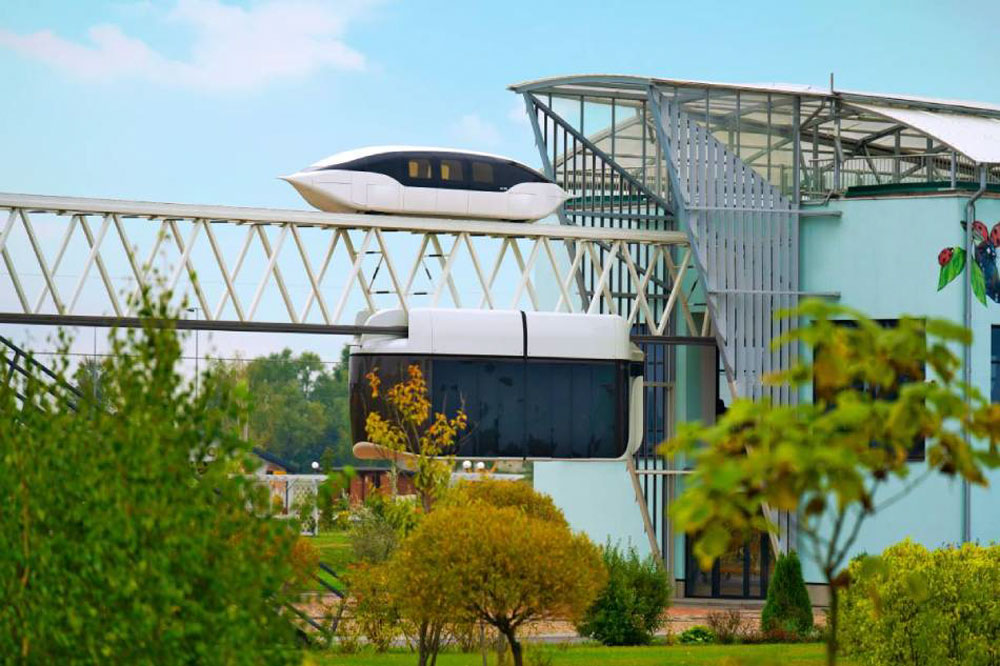
Today, the transport industry is undergoing profound transformation, with a focus on safety, environmental sustainability and accessibility. Global trends — from population growth to rapid urbanization and environmental challenges — call for modern solutions. Let’s explore what transport of the future will look like and why the elevated string technology by UST Inc. has become the embodiment of a new approach to mobility.
Transport plays a crucial role in the economy and daily life, connecting cities and countries, supporting industry, trade and tourism, and creating millions of jobs. The sector’s contribution to GDP in many countries reaches 5–10%, with up to 8% of the workforce employed in it. However, despite infrastructure development, transport faces new challenges: globalization demands fast and reliable transportation, climate change calls for emission reduction, and safety requires continuous technological advancement. Every type of transport has its own limitations, from worn-out roads to high operational costs, which further strengthens the need for innovation.
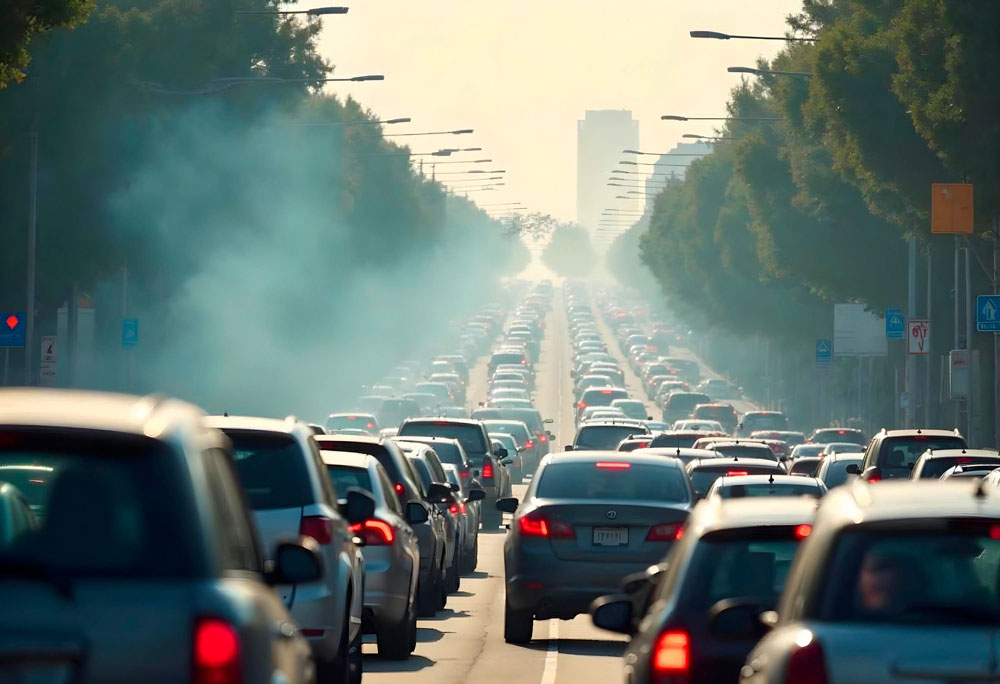
Modern problems require modern solutions. Photo: freepik
The search for sustainable transportation models, which are eco-friendly, affordable and safe, is becoming increasingly relevant. The transport of the future envisions eliminating harmful emissions, preserving ecosystems and ensuring equal access to logistics for countries with varying levels of development. Smart control systems, autonomous vehicles, digitalized logistics and the use of hydrogen and electric power are already reshaping the industry, not only improving transportation efficiency but also enhancing quality of life and driving sustainable development across entire regions.
The rapid development of the transport sector today covers several areas at once: environmental sustainability, automation and intelligent control systems. In this context, string transport is not just one of the participants in progress, it brings together the key trends and takes them to a fundamentally new level.
uST Transport & Infrastructure Complexes include a prestressed elevated string rail track structure, unmanned electric vehicles on steel wheels (uPods), an automated control system and infrastructure facilities. The key element is the string rail, which ensures unparalleled stability and reliability.
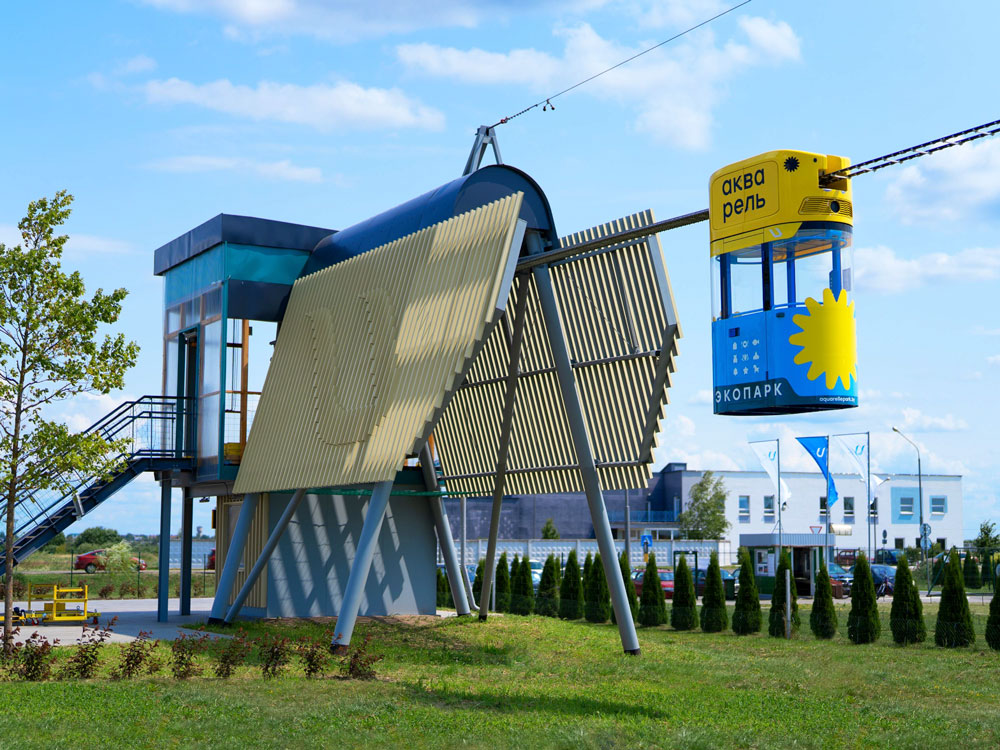
uST solutions integrate major transport trends
Advantages of uST technology include:
The technology has already been implemented in Belarus and the UAE, and negotiations are underway for deployment in India, Nepal and other countries. All this demonstrates its international relevance and potential.
Let’s look at the specific aspects of the key logistics trends that are combined in uST Solutions.
Development of Electric Transport: Technology and Opportunities
The history of electric vehicles spans about 200 years, and today they are becoming increasingly popular due to their environmental benefits. Running on electricity significantly reduces harmful emissions, improving air quality and mitigating the greenhouse effect.
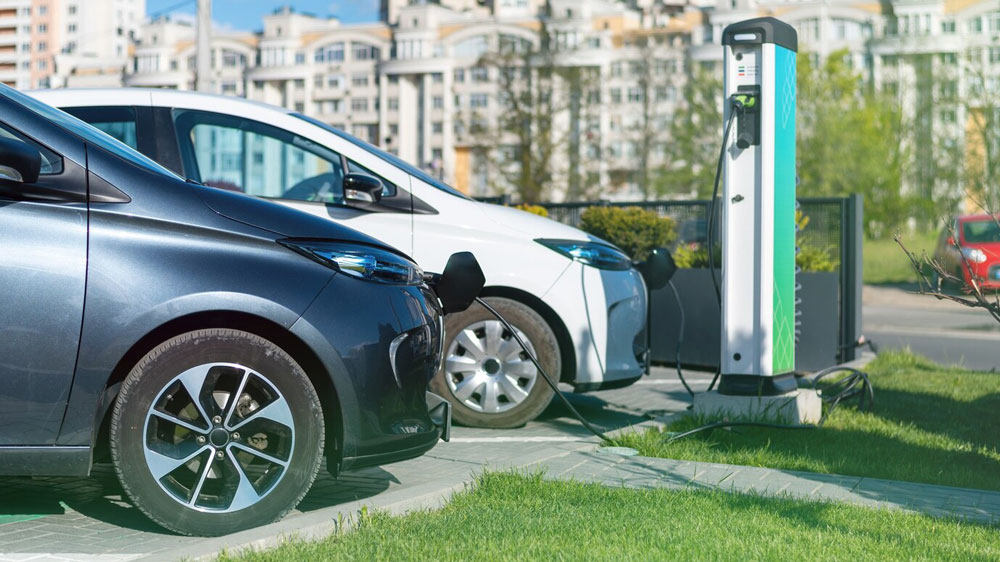
Eco-friendly solutions are gaining popularity. Photo: freepik
The idea of fast and eco-friendly transport with stylish design is in high demand. For example, Norway intends to abandon internal combustion engine cars this year, while China, which produces more than 60% of the world’s electric vehicles, plans to stop manufacturing gasoline-powered models by 2030. There are currently several types of electric vehicles: battery-powered, solar-powered (“solar cars”), fuel cell-powered and cargo ones.
In this context, uST unmanned electric vehicles demonstrate how eco-friendly technologies can be combined with high throughput capacity (up to 50,000 passengers per hour) and reliability.
Unmanned vehicles are equipped with automatic control systems that allow safe movement without human involvement. Today, autonomous solutions are used not only in passenger cars but also in cargo transport, public transit, and aviation.
Smart transport is being tested in various regions of the world. Russia is already testing unmanned trucks, aiming for their introduction by 2026. In the USA, China and Singapore, driverless taxis are in operation, while in Seoul unmanned buses are already running. Autonomous transport can enhance safety by eliminating the human factor and reduce costs by removing the need for drivers. Route optimization helps save fuel and maintain energy efficiency. Driverless systems also improve accessibility for the elderly, people with disabilities and those without driving licenses.
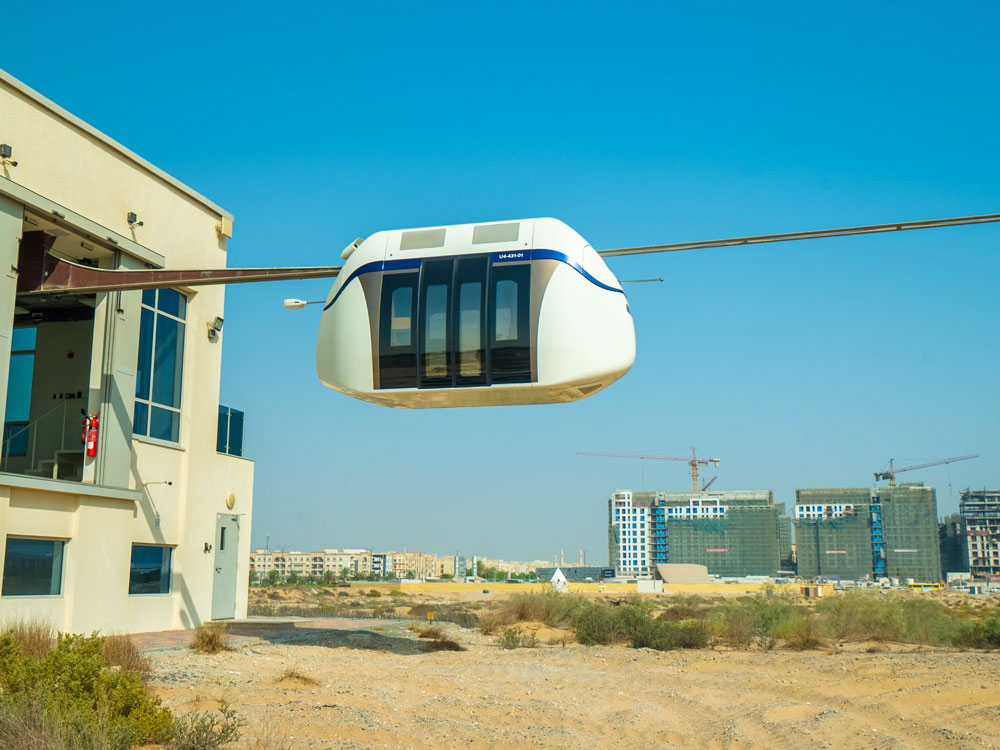
uPods are truly self-driving
uST control systems already apply these principles: automated movement, elimination of road accidents and 24/7 operation without human involvement make the technology an example of a mature unmanned solution.
Artificial intelligence (AI) and big data analytics are radically transforming the transport industry, increasing its efficiency and reliability. AI optimizes routes, predicts road congestion, manages traffic and helps reduce jams and fuel consumption. Big data allows more accurate logistics planning by analyzing passenger behavior and cargo flows. AI is also used in predictive maintenance, detecting potential failures before they occur and improving safety.
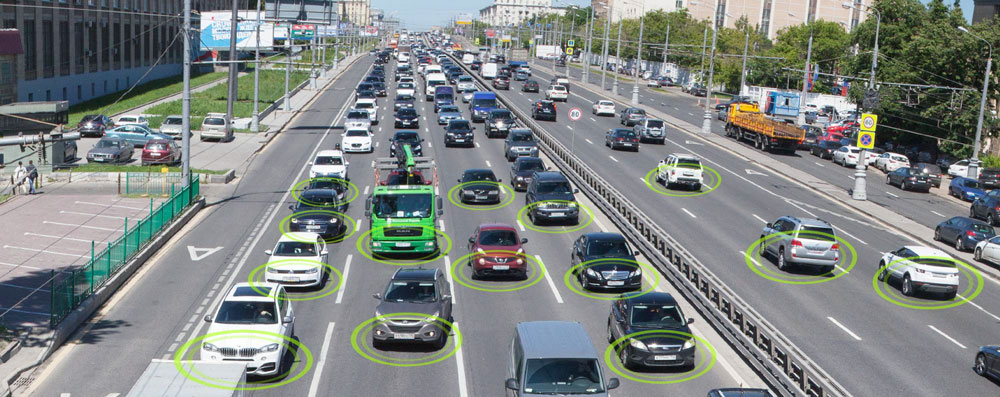
Artificial intelligence helps make transportation safer. Photo: vocord
Intelligent transport systems are already being implemented in urban transit, logistics, and aviation. In Los Angeles, for instance, smart traffic lights based on IoT and machine learning have increased average travel speed by 16% and reduced time spent in traffic by 12%. In Moscow, data analysis helps forecast dangerous areas and respond quickly to accidents. Similar approaches are being scaled to railway transport: Russian Railways currently uses 28 AI systems.
In uST complexes, such systems control the movement of uPods, ensure safety and adjust schedules according to passenger flow, making them intelligent not just in name but in essence.
Hyperloop is a next-generation tunnel transport concept proposed by Elon Musk in 2013. It involves capsules traveling on a magnetic cushion inside a sealed low-pressure tube, theoretically reaching speeds of up to 1,200 km/h.
These transport systems of the future have been implemented only as test tracks in Hawthorne and Las Vegas (USA) and Toulouse (France). In 2024, the Chinese company CASIC tested a capsule that reached a record speed of 623 km/h.
Construction of lines has been discussed in Dubai and China, but no commercial route has yet been launched. The main obstacles are high cost, technological complexity, safety concerns in the event of depressurization and the lack of regulatory frameworks.
Flying cars and air taxis are vertical takeoff and landing vehicles that combine the functions of a car and an aircraft. These solutions are part of the future of air transport for fast and environmentally friendly logistics: they reduce the load on roads, save time and cut emissions thanks to electric and hybrid engines. An additional advantage is the potential for automated control. However, aerotechnologies face difficulties such as high cost, safety issues, lack of infrastructure and absence of legal regulations.
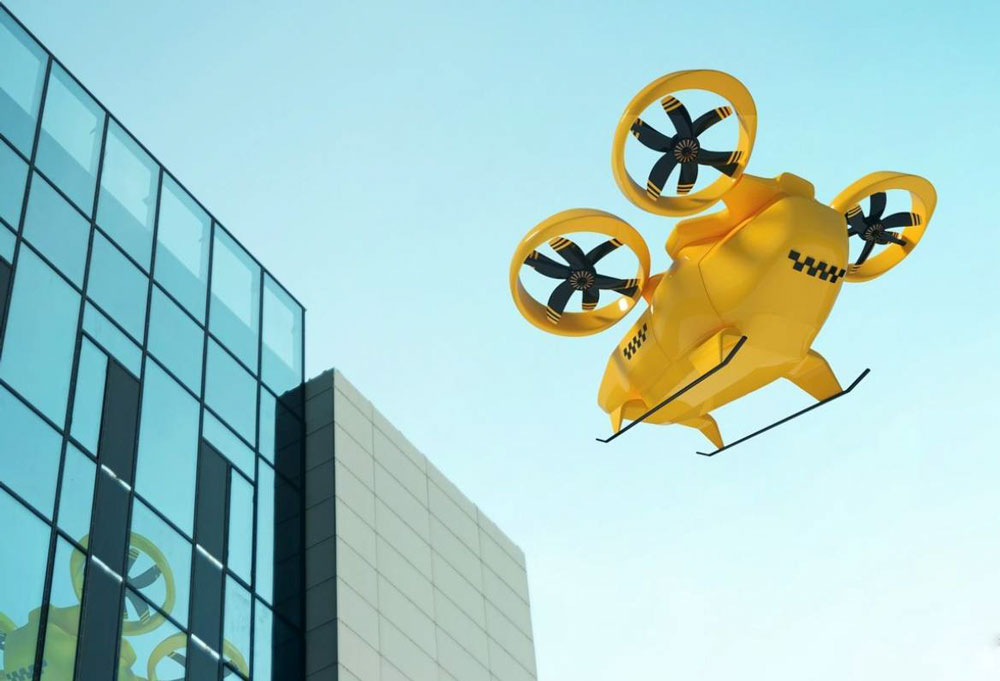
Air taxis are just being tested. Photo: freepik
Only testing is being conducted so far. In China, unmanned EHang 216 air taxis are being flown; in Dubai, Chinese and American companies plan to launch air taxis by 2026. In the USA, the first flying car, Model A, has been certified, while South Korea is developing an air taxi concept with a focus on mass adoption in 2026–2028.
Hydrogen-powered vehicles operate on fuel cells, producing electricity and emitting only water vapor. This makes them environmentally clean, without CO₂, nitrogen oxides or other harmful emissions.
However, hydrogen production remains a challenge. The cheapest methods — processing natural gas or brown coal — are accompanied by significant CO₂ emissions. Environmentally friendly water electrolysis using renewable energy is still expensive and requires large-scale infrastructure.
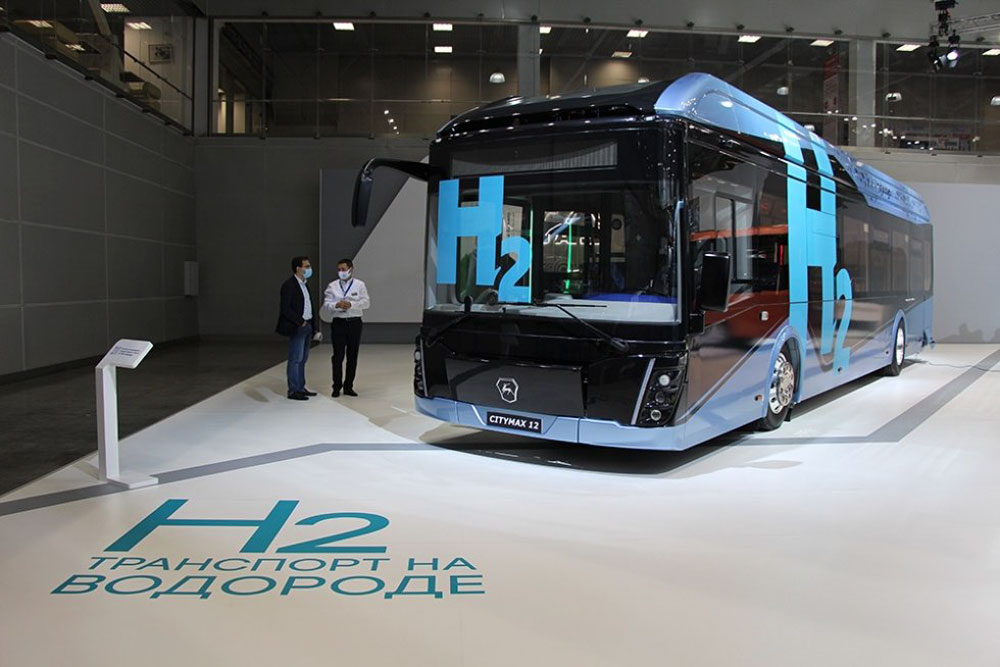
Hydrogen transport runs on fuel cells. Photo: rg.ru
Today, hydrogen transport is used in Japan, Germany, the USA and China. The most well-known models are the Toyota Mirai and Hyundai Nexo. Hydrogen buses and trains are appearing in Europe and Asia, and France is developing hydrogen-powered aircraft.
The future of this sector depends on the development of green hydrogen and the ability to scale its production.
Urban Air Mobility (UAM) is a concept of future city transportation that uses small electric vertical take-off and landing aircraft for passenger and cargo trips. These vehicles can bypass traffic jams and cut travel times, offering cleaner and more efficient urban mobility. UAM promises to improve the quality of life in large cities while reducing emissions.
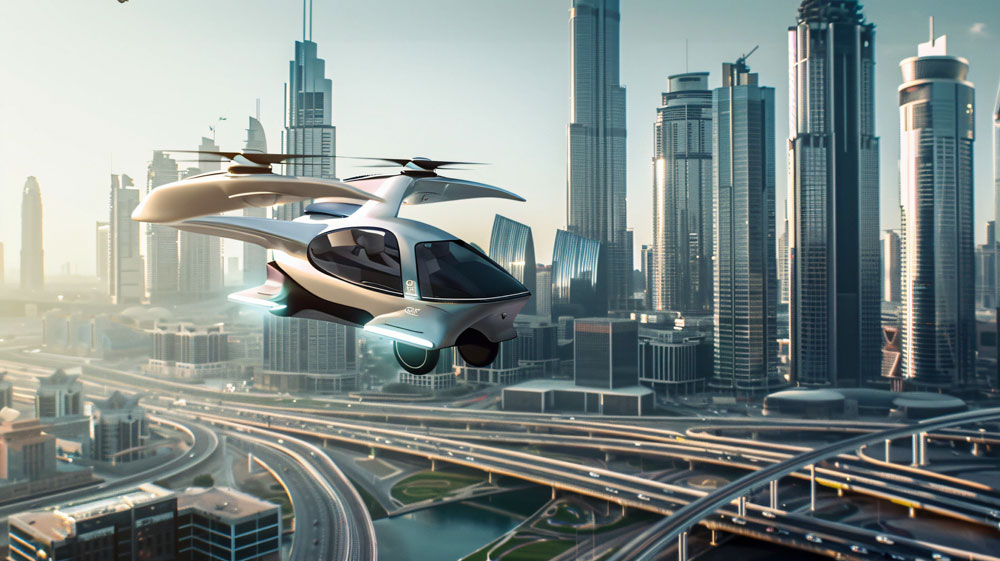
Regulatory frameworks for UAM are still in progress. Photo: freepik
A key element in UAM deployment is infrastructure. Air transport requires vertiports — landing, take-off, and charging platforms. They must be compact, safe, and integrated into the city environment. Similar projects are already being developed in Dubai and Singapore.
Regulatory frameworks for UAM are still in progress. Authorities are working on safety and certification standards for aircraft and rules for city flights, including public security measures. International bodies such as IATA emphasize the need to adapt regulations. Environmental issues and the disposal of retired air vehicles are also part of the discussion.
Today’s activities include eVTOL testing and vertiport construction in São Paulo (Brazil) and development projects in Ingolstadt (Germany) in cooperation with Audi and Airbus. While interest is growing, regulatory challenges still slow large-scale adoption.
Demand for clean, smart transport solutions continues to grow, attracting investors. However, implementing these projects requires major funding, political backing, and well-defined legal frameworks — especially for emerging fields like string transport and UAM.

Transport uST is a promising area of logistics
Automation of transport will reduce the number of drivers and operators, but at the same time will create demand for future transport professions — hydrogen systems engineers, AI analysts, unmanned route dispatchers. Digital transformation requires updating approaches to training personnel: there is already a shortage of qualified specialists. Universities are introducing flexible educational paths, using AR/VR and a project-based approach, adapting training to the needs of the industry.
Innovative transport provides environmental advantages: electric motors reduce emissions, AI systems relieve roads, noise decreases — cities become cleaner and more comfortable. But with the growth of technologies, risks arise: battery production requires harmful mining of rare-earth metals, and the issue of disposal remains unresolved. It is also important to take into account the impact of transport infrastructure on ecosystems.
Innovative transport provides environmental advantages: electric motors reduce emissions, AI systems relieve roads, noise decreases — cities become cleaner and more comfortable. But with the growth of technologies, risks arise: battery production requires harmful mining of rare-earth metals, and the issue of disposal remains unresolved. It is also important to take into account the impact of transport infrastructure on ecosystems.
Innovative transport is not theory, but a concept of future transport moving toward real implementation. String transport by UST Inc., electric vehicles, autonomous and hydrogen systems, and urban aviation are already a reality.
Forecasts for the next 10–20 years are impressive: in large cities, transport will become fully autonomous within 15 years; by 2030, half of all cars may be electric; the eVTOL market will reach 30 billion USD, and the number of hydrogen filling stations will reach 3,000. By 2045, mass adoption of unmanned vehicles and the development of smart city infrastructure are expected.
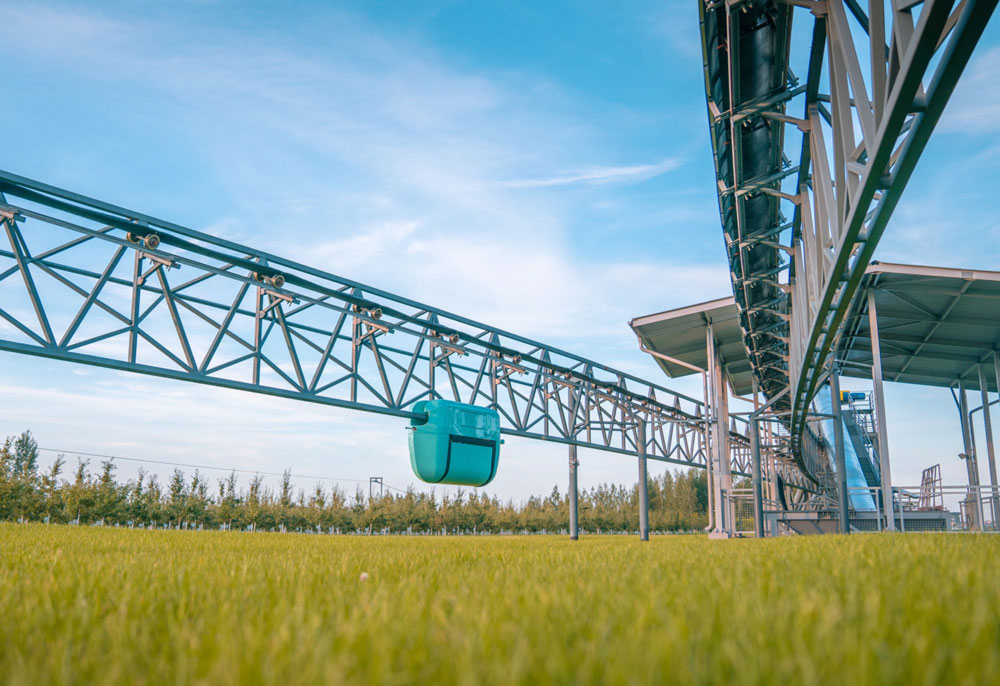
String transport is suitable for transporting both passengers and cargo
But progress is impossible without regulatory and educational support, as well as investment in transport. Even the most advanced solutions will remain pilot projects without these conditions.
This form asks for your consent to allow us to use your personal data for the reasons stated below. You should only sign it if you want to give us your consent.
Who are we?
The name of the organisation asking you for consent to use your information is:
Global Transport Investments
Trident Chambers, P.O. Box 146, Road Town
Tortola
British Virgin Islands
We would like to use the following information about you:
Why would we like to use your information?
Global Transport Investments would like to send this information to company registry, inform you about its news, for refund purposes.
What will we do with your information?
We store your name, address, ID Data, date of birth into company registry. We will share your e-mail & phone number with IT Service (https://digitalcontact.com/), SMS Center (http://smsc.ru). They will add your details to their mailing list and, when it is news update, they will send you an email or sms with details. We store your credit card number for possible refunds.
How to withdraw your consent
You can withdraw the consent you are giving on this form at any time. You can do this by writing to us at the above address, emailing us at the address: [email protected] or by clicking on the unsubscribe link at the bottom of emails you receive.
This privacy notice tells you about the information we collect from you when you sign up to receive our regular newsletter via our website. In collecting this information, we are acting as a data controller and, by law, we are required to provide you with information about us, about why and how we use your data, and about the rights you have over your data.
Who are we?
We are Global Transport Investments. Our address is Trident Chambers, P.O. Box 146, Road Town, Tortola, British Virgin Islands. You can contact us by post at the above address, by email at [email protected].
We are not required to have a data protection officer, so any enquiries about our use of your personal data should be addressed to the contact details above.
What personal data do we collect?
When you subscribe to our newsletter, we ask you for your name and your email address.
Why do we collect this information?
We will use your information to send you our newsletter, which contains information about our products.
We ask for your consent to do this, and we will only send you our newsletter for as long as you continue to consent.
What will we do with your information?
Your information is stored in our database and is shared with with IT Service (https://digitalcontact.com/), SMS Center (http://smsc.ru). It is not sent outside of the Euro. We will not use the information to make any automated decisions that might affect you.
How long do we keep your information for?
Your information is kept for as long as you continue to consent to receive our newsletter.
Your rights over your information
By law, you can ask us what information we hold about you, and you can ask us to correct it if it is inaccurate.
You can also ask for it to be erased and you can ask for us to give you a copy of the information.
You can also ask us to stop using your information – the simplest way to do this is to withdraw your consent, which you can do at any time, either by clicking the unsubscribe link at the end of any newsletter, or by emailing, writing us using the contact details above.
Your right to complain
If you have a complaint about our use of your information, you can contact the Information Commissioner’s Office.
Rate and Comment
You can assess the importance of a particular publication and the level of its preparation. Share your opinion in the comments!